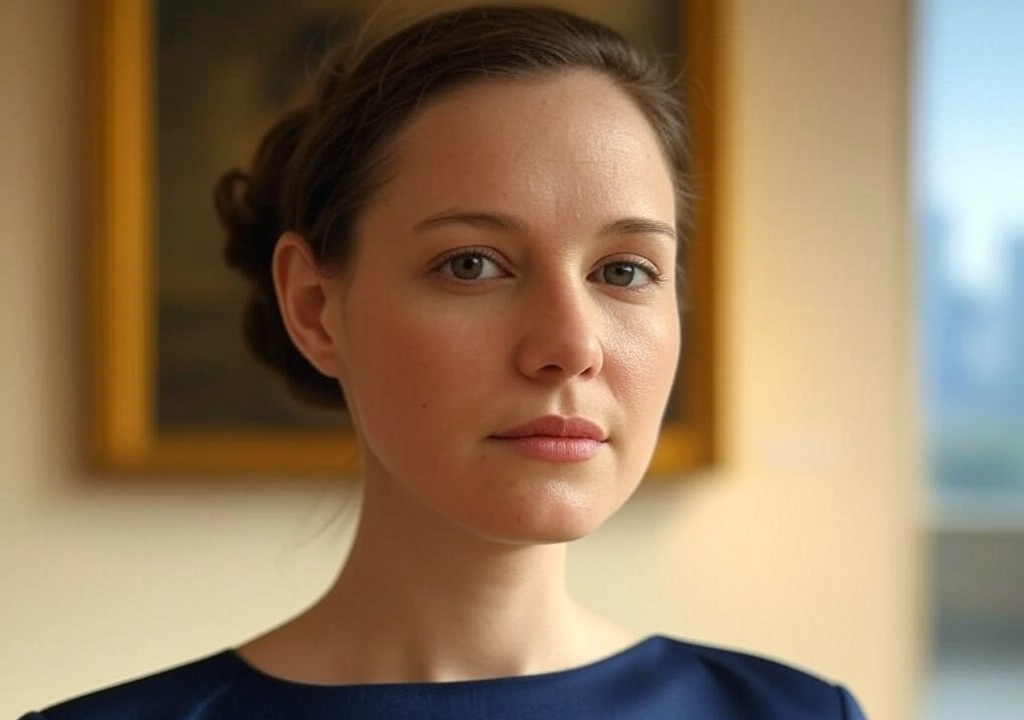It was a summer afternoon in Oxford, the kind of day where the light seemed to hang in the air like a Turner painting, all soft gold and delicate apricot. I was sitting in the common room of my college, sipping tea that had long since gone cold, when I received the email: a confirmation that my first piece of writing had been accepted for publication. My first byline. My name, in print. And not just anywhere—this was an article for a respected magazine in the art world. To say I was thrilled would be an understatement, though the thrill was quickly overtaken by an overwhelming mix of anxiety and doubt. Did they really mean to choose me? Had there been a mistake? Was my essay on Degas’ quieter years actually that gripping, or was someone, somewhere, playing an elaborate prank?
Let me backtrack a little: My life leading up to that moment had been steeped in the intangible. Art. Museums. Conversations over dinners that stretched late into the evening about the value of the brushstroke or the politics of curation. Writing, for me, was an extension of these worlds—a chance to give shape to the cacophony of thoughts swirling in my mind. Still, nothing prepares you for the sharp clarity of seeing your words out there, naked and vulnerable, waiting for the world to judge.
It started, oddly enough, with a breakup.
Section One: Breakups and Breakthroughs
My relationship at the time had just logically—though painfully—run its course. We had been together for years, united by a shared love of opera, espresso, and pretending to understand every nuance of Proust’s À la recherche du temps perdu. But when the late-night arguments began to outweigh the quiet joys of flipping through auction catalogs together, we knew it was time to part ways. In the aftermath of the split, I felt disoriented, like someone had rearranged the furniture in my brain.
So, as one does in these situations, I threw myself into my work. I spent hours in the library, lost in archives, poring over obscure journal articles. It was during one of these frenzied research sessions that I stumbled across a lesser-known series of Degas sketches. Unlike his famous ballerinas, these works had a raw, unfinished quality, as if they were simply moments stolen from time, untouched by an artist’s desire to perfect. They seemed so achingly human—just as much about failure as they were about beauty. They captivated me because they felt real.
It was a revelation. Here was a side of Degas no one seemed to talk about, but one I was sure someone, somewhere, would want to read about. And in my post-breakup state, I had little to lose. So I did it. I pitched the idea to a publication I was in no way qualified to write for, fueled by a potent cocktail of heartbreak and ambition. Somehow, miraculously, they said yes.
Section Two: Notes on Impostor Syndrome
There is something undeniable about the high that comes with a yes. If I could have bottled it and sold it as perfume, I would call it “Sudden Validation No. 5.” But the high doesn’t last, and it certainly didn’t protect me from the crippling, crushing wave of impostor syndrome that followed.
As I sat down to actually write the piece, a tiny but persistent voice whispered in my mind: “Who are you to say anything of value? What if no one cares? What if you accidentally spell ‘Impressionism’ wrong and are blacklisted from polite society forever?” Writing through impostor syndrome felt like swimming through wet cement—slow, exhausting, and with a constant fear that I’d drown in the process.
The doubts weren’t entirely baseless. Growing up in Manhattan’s Upper East Side, I had been surrounded by excellence. My parents were art world titans who could casually name-drop Anselm Kiefer over breakfast while waxing lyrical about the semiotics of pottery. There was a pressure to be remarkable in every sphere of life. Sure, art was in my blood, but wouldn’t I always be overshadowed by the experts who’d been published twenty times over, who gave talks at the Palais Garnier, who could probably write essays on Degas in their sleep and still make them Nobel-worthy?
If there’s one thing I learned through the process, though, it’s that showing up—even when you don’t feel ready—matters.
Section Three: The Day It Went Live
The morning the article was published, I treated it like a full red-carpet event. I brewed a cup of coffee in my nicest French press and wore a silk robe, because if my words were wearing their finest, why shouldn’t I? Then, I unceremoniously Googled myself, heart pounding like a timpani at a Shostakovich concerto. There it was: my name in bold letters. My article was live.
To call publication day “nerve-wracking” would be like calling a summer thunderstorm “a bit damp.” I spent the entire day convincing myself not to check the comments section—and failed miserably. I refreshed the page so many times my fingers could’ve won a gold medal in the Olympic Finger Gymnastics event. To my shock, the responses weren’t just kind—they were thoughtful. People engaged. I was floored. Strangers had read my words and seen a little bit of themselves in the uncertainties I had described.
Sometimes, putting yourself out there isn’t about having your entire life figured out. It’s about finding that one thing—big or small—that resonates with you, and trusting that it might just resonate with someone else.
Section Four: Lessons Learned
Looking back, here’s what I know now that I didn’t then:
-
Just Start: There will never be a “perfect” time to begin. Whether it’s ending a relationship that no longer serves you or pitching an idea to someone who may say no, action is always better than inertia.
-
Impostor Syndrome is Sneaky—But Not Insurmountable: I wish someone had told me that everyone—yes, even the Nancy Meyers-protagonist-level flawless people—has moments of self-doubt. The trick isn’t to eliminate the voice; it’s to keep writing in spite of it.
-
Your Perspective Matters: There’s something quietly powerful about being able to say, “This is how I see it.” When we share honestly, we make the world just a little smaller. That’s the magic of storytelling.
-
Celebrate the Wins: Even small wins deserve champagne, cake, or at the very least, a pat on the back. Life is short, and you’re allowed to make a big deal out of the good stuff.
Conclusion: From Ballerinas to Bold Moves
Writing that first article taught me more about vulnerability than I ever expected. It also made me realize how much of art is trial and error—an endless loop of sketching, erasing, and taking risks, whether you're Degas working on a masterpiece or just a girl trying to put her name out there. Maybe it was my own series of half-finished sketches—failed relationships, imperfect drafts—that had led me to this moment.
Since then, I’ve written about countless things, but I’ll never forget the thrill of the first. Like a first kiss, or that first “Hi” from someone who could become your person, it lingers in the mind. It’s proof that, sometimes, when you dare to say, “This is who I am,” the world answers, “We hear you.”
Now excuse me while I go find a bottle of Sudden Validation No. 5. I have a feeling I might need it again soon.




















